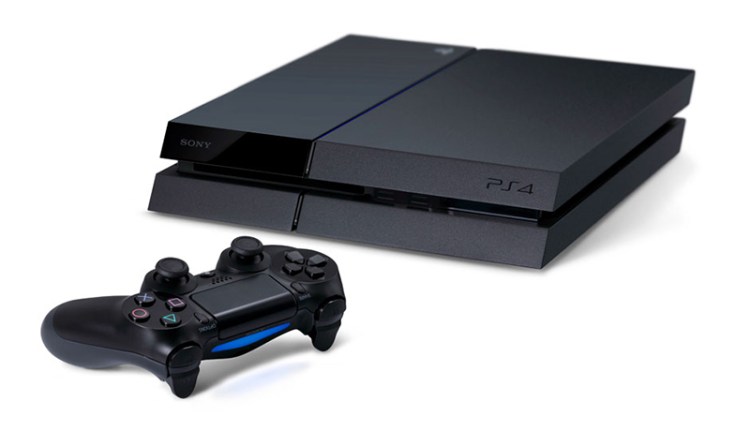The PlayStation 4’s 2013 launch was so successful that it highlights everything Sony has learned since it last released a home console in 2006.
The PS4 is fighting a close battle with the Xbox One, but it appears that Sony’s newest gaming device is — at least for now — the market leader for the new systems. Consumers are snatching up the box as quickly as Sony can manufacture them. The relatively low price and Sony’s recent upswing in terms of consumer confidence is helping the console sell like crazy. That is putting the corporation in position to get a strong handle on the multibillion-dollar console-gaming industry.
But is the PS4 really doing that well? To find out, we decided to compare it to the counterpart it most closely resembles, the PlayStation 3. While that won’t necessarily show how well it’s doing against its direct competition today, it does illustrate how much Sony has learned.
Sony says PlayStation 4 had the biggest console launch in its history, but is it really that much more impressive than PS3’s November 2006 debut?
Well, yes. It really was.
The first two months
Let’s put it plainly. Sony sold more than twice as many PS4s than PS3s when comparing each console’s first holiday season.
Sales from launch through Dec. 31:
PlayStation 3 (2006): 1.7 million (worldwide)
PlayStation 4 (2013): 4.2 million (worldwide)
Clearly, Sony crushed up and mixed in some Pac-Man power pellets into the PS4.
Comparing PS4 to PS3 isn’t exactly perfect, but it is pretty close to fair. Both debuted in November. The PS3 didn’t launch immediately in Europe. PS4 still isn’t in Japan. The PS3 had an early Black Friday while Black Friday didn’t kick off the 2013 U.S. holiday shopping season until Nov. 29.
In terms of timing and availability, things mostly even out. And the variations wouldn’t create a 2.4 million unit advantage for PS4. No, the only thing that could do that was smart planning and marketing by Sony.
What Sony did better
The hardware
The PlayStation 4 is a fine machine. It’s packed with components that make it capable of visuals that whiz and bang. Games like Battlefield 4 already look amazing, and it’s likely that the system will continue to wow us with its graphics for years.
While pretty visuals are nice, the PS4’s components are perhaps more notable for where they come from.
“[The PlayStation 4 is] essentially a high-end PC with modifications, which means that components are in ready supply,” R.W. Baird analyst Colin Sebastian told GamesBeat.
Plentiful parts means that Sony was able to manufacture a ton of PlayStation 4s before launch, and that likely made a huge difference in the early months. Having more consoles to sell made it much easier to sell more consoles.
“[The impressive early numbers] may be pent-up demand among core gamers for new platforms, but the biggest difference was supply,” said Sebastian. “Last time around, both Sony and Microsoft were highly supply-constrained with very specialized custom hardware.”
In late 2006 and early 2007, a PS3 was very difficult to come by. Just as a PS4 is hard to find now. We’re into February now, and Sony is having continued difficulty keeping retailers supplied with the hardware. The difference is that this time, Sony is building many more PS4s than it did PS3s at this point of each console’s launch, and it is selling them just as fast it can make them.
“While the good start is still a positive signal, to some extent sales were just pulled forward compared to the prior cycle [due to the increased supply,” said Sebastian.

